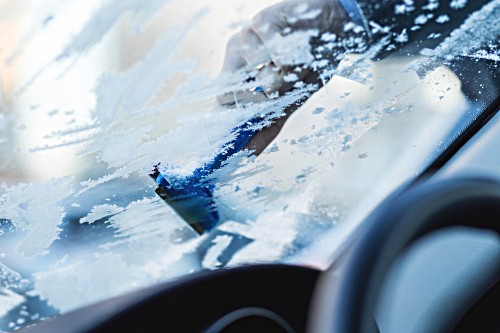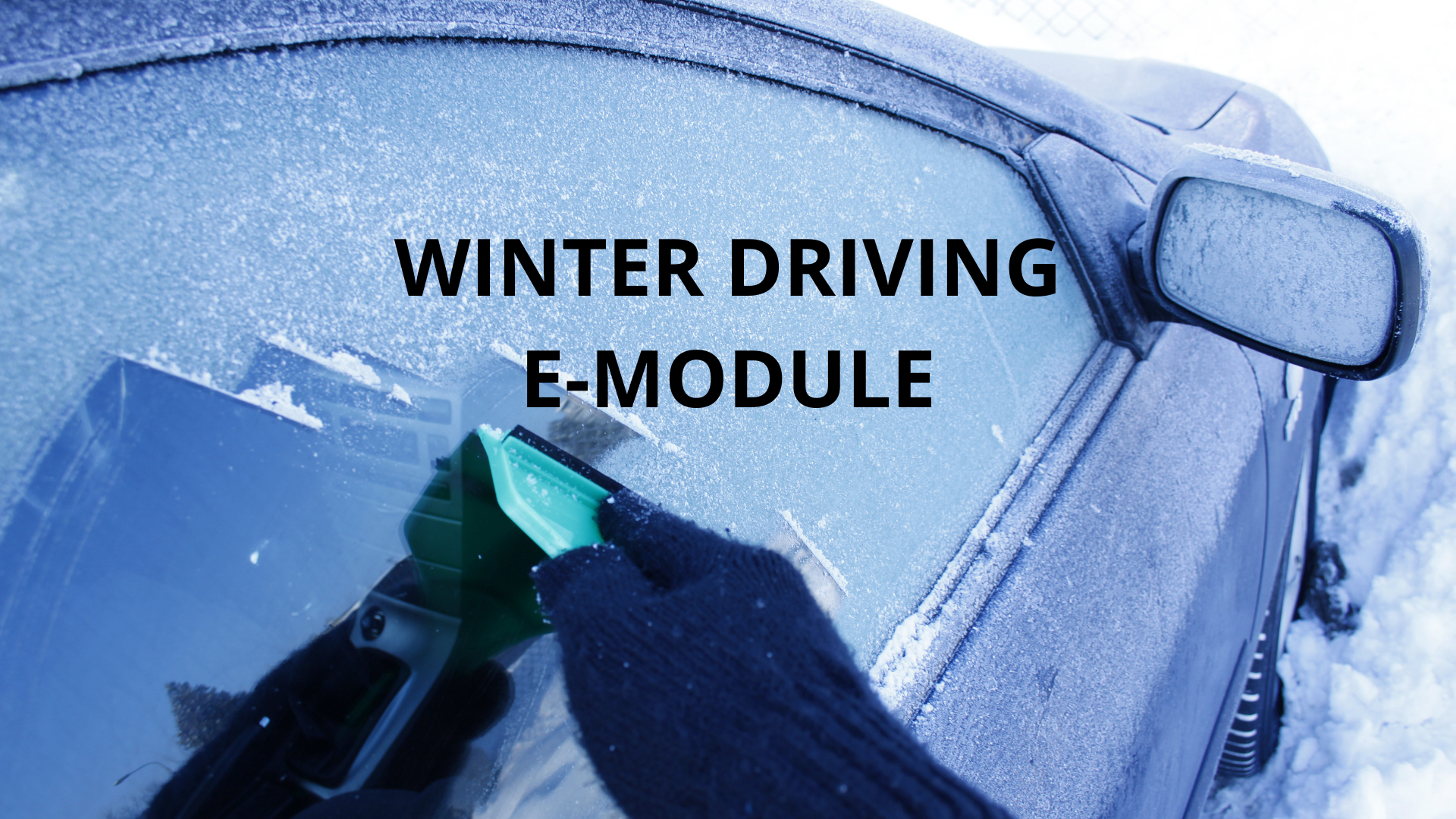Road safety advice

Winter driving and riding

In icy or snowy weather we advise that you do not travel unless your journey is essential. If you do decide to travel, take extra care and allow more time for your journey. When driving or riding in wintry weather:
- Before setting off, check the news and weather to see if there is anything that may affect your journey - adverse weather, traffic reports or road closures. Bear in mind that weather conditions may be different at your destination.
- Ensure your vehicle is roadworthy. In particular check that all your lights are working and that your tyres are in good condition.
- Before you pull away ensure that all your windows are clear of ice and snow. Make sure that your windows and mirrors are demisted thoroughly. Remove excess snow and ice from your roof and bonnet which could fall into the path of other road users.
- If you are riding a motorbike or bicycle ensure that your lights and brakes are working correctly, and consider wearing something both bright and reflective so that you can be easily seen by other road users.
- Be extra vigilant in rainy or snowy weather, or if the road is icy. Always drive at a speed which is appropriate to the road conditions, driving in as high a gear as possible, accelerating and braking very gently. Stopping distances can be up to ten times greater in icy conditions.
- Look out for motorcyclists and pedal cyclists who may have to swerve suddenly to avoid ice patches or other obstructions. Give gritter lorries plenty of room to operate if they are spreading salt and pass them with care if you are overtaking them.
- In urban areas take extra care when manoeuvring around parked vehicles and when approaching pedestrian crossings and junctions. On rural routes drive with care when approaching bends and for unexpected hazards.
It is also recommended that you keep an emergency kit with your vehicle which includes a blanket, warm clothing and waterproof boots, a first aid kit, de-icer, and an ice scraper. A warm drink and some food supplies may also come in useful in the event you are delayed or your vehicle breaks down.
Adapted from The Highway Code, rules 228-231.
Vehicle checks for the winter
Now is the time to give your vehicle a check to see if it is ready for the winter. We recommend you do this regularly, and before every long journey. Here's our checklist:
- Do all the lights work? This include headlights, side lights, rear driving lights, brake lights and fog lights.
- Have you got enough coolant and screen wash, and does it have the correct winter rating?
- Does the heater work and clear the front screen? It’s important, and a legal requirement, that all your windows are clear of snow, ice and mist.
- Do the wipers clear the screen?
- Does the rear screen heater work?
- Do your tyres have enough tread depth to cope with water, snow or whatever else you may drive over?
- Are your tyres at the correct pressure? Don’t forget to check your spare!
- If you’ve got air conditioning, does it work? Air con isn’t just for the summer months – it’s designed to help stop condensation build upside the car and it clears the screens quicker.
Winter Driving E-Module
To help drivers prepare for driving in winter weather, Transport for Bucks (TfB) has shared this free-to-use Winter Driving e-learning module. The module takes about 10 minutes to complete and can be accessed by clicking on the image below.

For further information about SYSRP and our campaigns and initiatives, or if you have any queries, then contact us using this form or drop an email to enquiries@sysrp.co.uk.
To keep up-to-date with our many events and initiatives around South Yorkshire then follow us @SYSaferRoads.








